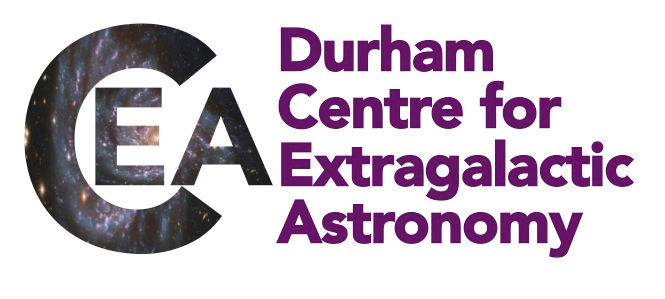CEA News, December 2019
Towards a direct measurement of cosmic acceleration
CEA astronomers have published a paper providing some of the groundwork that will allow us to work towards a direct measurement of the expansion rate of the Universe. Our current measurements of the expansion of the Universe are all indirect, which means that these measurements depend on a model to infer the expansion rate. A direct measurement, on the other hand, is model independent. In this paper, the authors consider several environments where a direct measurement might be possible, and propose a novel technique that can amplify the signal and remove noise terms and calibration uncertainties. This constitutes our best direct limits on the cosmic expansion history of the Universe using optical spectrographs.

As the Universe expands, objects get further away and become dimmer. Suppose you could record an image from a telescope - wait a few years - and then record an image of the same part of the sky. All of the objects would have changed their positions and their brightnesses (but only very slightly!) due to the expansion of the Universe. Detecting this tiny effect is one of the headline goals of the next generation Extremely Large Telescope facility. Such a delicate measurement is expected to take several decades; given the time investment required, we must therefore pre-plan the observing strategy very carefully in order to ensure that we will definitely detect the signal and not encounter noise terms.
In this paper, the authors use cosmological hydrodynamic simulations to determine the environment that is least likely to contaminate the cosmological signal. This study confirmed the findings of previous works, which suggest that the intergalactic medium offers our best hope yet to detect the signal. The authors then introduce a new technique that measures the relative cosmological signal between two unrelated sources along the same line of sight. This approach has provided the tightest current direct bounds on the expansion rate of the Universe using optical telescopes: dv/dt < 65 m/s/year.

